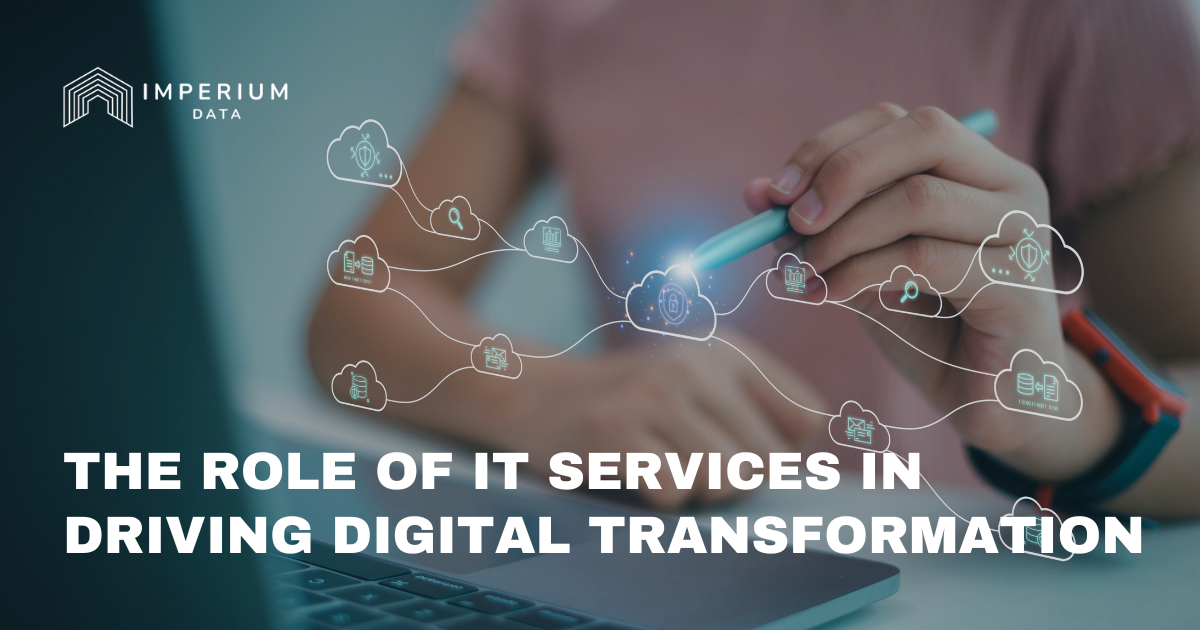At one point, “the cloud” was more of a buzzword than a business device. But over time, companies saw the value of storing their data and work product in one place so all employees and partners could access and contribute to it no matter where they were. Since everything is on the internet, a secure connection is all they need. As a result, it’s become an integral part of forward-thinking businesses and industries as a whole.
So what now?
The phrase “edge computing” might have that buzzword-like feel to it, since many companies are still learning about it. But like the cloud itself, an analysis of its benefits reveals productivity opportunities that coincide with cost savings. By bringing applications and data closer to the user (the “edge” of the network rather than the centralized “middle”), businesses can keep the cloud framework and its advantages, but tweak its usage to maximize efficiency for certain parts of the organization.
Here are three ways edge computing can provide extra benefits, and help optimize your cloud-based strategy.
Speed.
If speed was the only benefit to edge computing (though it isn’t), it would still have a significant effect on your business. Instead of having local devices access all computing functions and data through the centralized cloud, wait for a response, and have it returned to the location, edge computing allows servers nearby (or on-site) to process tasks in real time. This format can mitigate latency and shave milliseconds off each command.
But do milliseconds matter? Consider the effects of latency on everyday life. When phone or video conversations experience latency, people talk over each other and a simple meeting can become an exercise in frustration. Too much latency can make online video games (an industry with nearly a billion players globally, and several billion in revenue) unplayable. Streaming service users notice even the smallest degree of it, and even fractions of a second of latency can make on-location news interviews difficult to watch.
With edge computing, users have instantaneous access to the information they need and can do the heavy lifting right where they are. Some parts of an organization utilize certain processes and types of data more than others, and it makes sense that those elements would be closer to them, thus speeding up their workflow and improving the experience for every user in that department. Edge computing doesn’t replace the cloud, but by taking into account the unique needs of specialized employees, it makes using the cloud that much faster.
Security.
Edge computing holds security benefits, though at first glance it might appear to have unique challenges as well. Utilizing edge servers and putting computing efforts at the edge of the network creates new entry opportunities for cybercriminals. If they target that one specific area, they could find vulnerabilities that don’t exist elsewhere on the network and gain access to sensitive data.
So how is security an advantage for edge computing? To begin with, security isn’t something you simply apply to a company’s assets and forget to include in edge computing. It becomes a corporate philosophy, including maintenance, testing, and education. A diligent company with a keen eye on its cloud assets will take the same approach to edge computing. There might be more entry points, but they’re likely to be as well protected as the rest of the network.
And in case of an attack, working on the edge offers some protection as well. The risk would be isolated to the area of infiltration and would be less likely to spread to the rest of the network. In many cases, by the time a threat is detected, it’s already made its way into the cloud, and therefore, the entire business operation. With edge computing, timely recognition of a threat has a better chance of containing and eliminating it before it does more damage to the operation as a whole.
Cost.
Cost is another area where edge computing seems to have obstacles but is an advantage in the long run. There are expenses associated with edge-specific servers and adjusting the infrastructure to accommodate the new format.
But the savings also become apparent over time. Costs related to data transmission and bandwidth are reduced immediately, and as those costs rise for everyone else, a business utilizing edge computing will continue to reap those savings in the future. The more a business grows, the more edge computing maximizes its network efficiency. While some companies would be forced to consider expensive upgrades to keep up with bandwidth needs, edge computing allows make greater use of existing resources, delaying those costly outlays by getting more out of current infrastructure. The benefits of edge computing- once set up properly for a business, provide lasting value by placing resources closer to where they’re being used the most.
Imperium Gets It Done
A critical part of that last statement is “once set up properly for a business.” Insightful analysis and targeted implementation are required to get the most out of edge computing. Imperium Data has the expertise to provide that analysis, and the ability to assist with its successful implementation. By understanding your needs, we’ll identify the best opportunities to make edge computing work for you. Simply use our contact page to get started.



